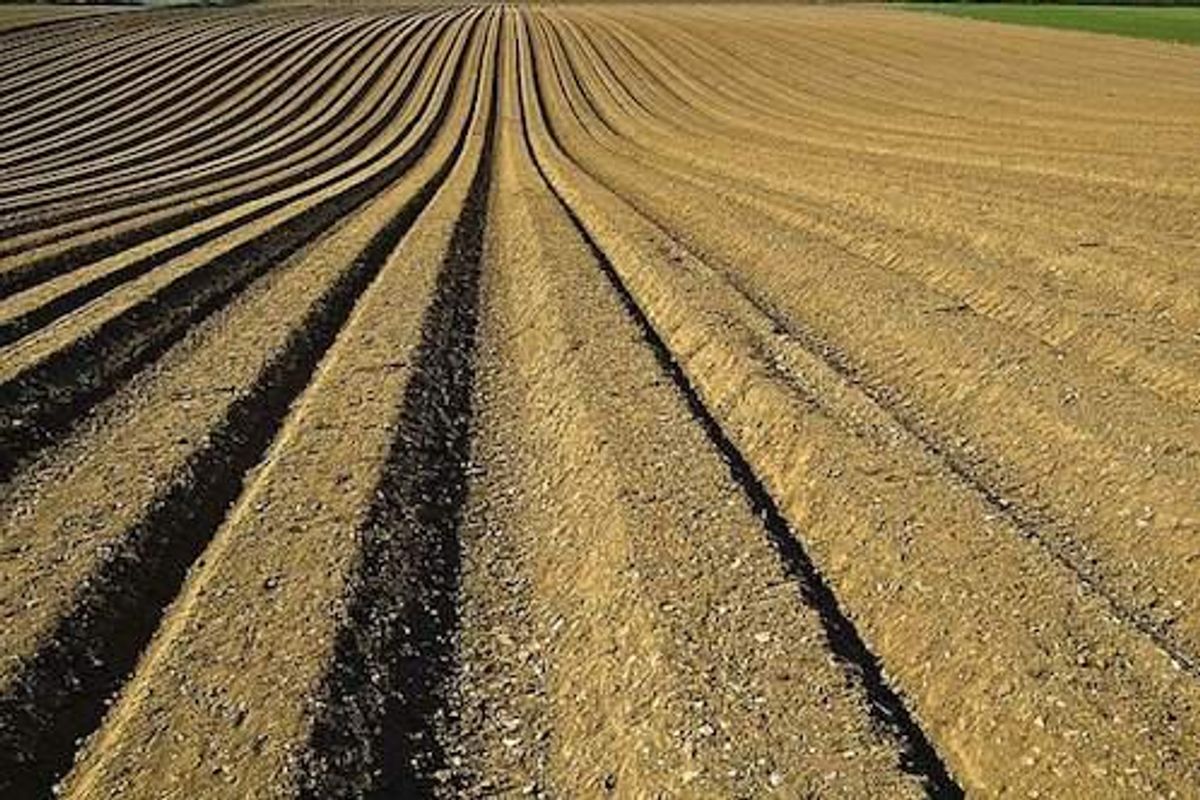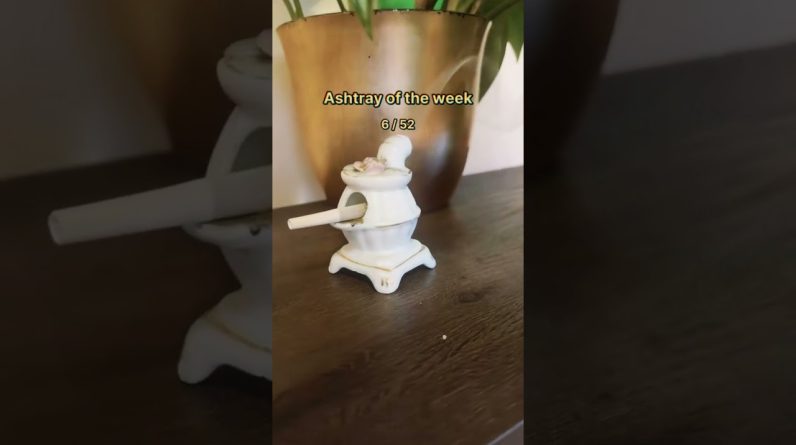


The world’s population continues to grow, and so too does demand for agricultural crops. Not surprisingly, it is becoming increasingly important for farmers to grow more crops more efficiently.
That’s where potash fertilizers come into play — these nutrients not only increase food quality, but also boost crop yield. Farmers use various fertilizers to grow crops, but the two most common are sulfate of potash (SOP) and muriate of potash (MOP).
Canada is the world’s leading potash producer by far, with annual output topping 14 million metric tons (MT). Russia takes the second spot in terms of total potash production at 9 million MT, followed by Belarus in third place at 8 million MT.
Investors interested in the global potash fertilizers market should understand the difference between SOP and MOP. Read on for an explanation of their common uses, as well as a look at methods of producing them and which mining companies are doing so today.
Potash fertilizers: What is muriate of potash?
MOP, or potassium chloride, is the most commonly employed potash fertilizer and can be used to farm a variety of foods, particularly chloride-loving vegetables such as sugar beets, corn, celery and Swiss chard. It can be beneficial for soil that is low in chloride, building the plants’ disease resistance.
There are some drawbacks to this kind of potash fertilizer. For example, if high levels of chloride are present in the soil or if irrigation water is being used to grow crops, adding MOP can create a toxic imbalance in plant nutrients. That means levels of the fertilizer have to be carefully managed, and MOP must only be used for select crops.
Still, MOP remains one of the most commercial fertilizers in the potash family, with over 55 million MT being sold and used annually. Outlook for the potash fertilizer market was positive coming into 2022, and MOP prices have exploded, sitting at US$562.50 per MT as of June after starting the year at US$221.
Nutrien (TSX:NTR,NYSE:NTR), a company formed by the merger of Potash Corporation of Saskatchewan and Agrium, is a major producer of MOP. However, due to anticipated future demand for fertilizers that promote crop production and plant growth, many smaller companies have began exploring and developing their own potash mines and production projects.
For example, Highfield Resources (ASX:HFR) is a MOP explorer that is working to bring its Spain-based Muga potash project into production. Muga is expected to produce more than 1 million MT of MOP per year with earnings before interest, tax, depreciation and amortization coming to around 310 million euros annually once it reaches full production. The project is soon to commence the construction stage.
Saskatchewan-based Western Potash, a subsidiary of Western Resources (TSX:WRX), began hot mining in mid-2020 as part of Phase 1 mine construction at its Milestone MOP project. Construction is now underway to finish the mine.
Gensource Potash (TSXV:GSP), which is also based in Saskatchewan and focused on MOP, announced in early 2020 that agriculture chemical company HELM would be the offtaker for the company’s Tugaske project in the province. The project is construction ready and financing is underway. Companies such as Verde AgriTech (TSX:NPK,OTCQB:AMHPF) and Karnalyte Resources (TSX:KRN) are all also involved in the exploration, development and production of MOP fertilizers.
Potash fertilizers: What is sulfate of potash?
SOP is considered a premium-quality potash. It contains two key nutrients for growing crops: potassium and sulfur. Using SOP both improves quality and crop yields and makes plants more resilient to drought, frost, insects and even disease. SOP has been known to improve the look and taste of foods and can improve a plant’s ability to absorb essential nutrients like phosphorus and iron.
Most often, SOP is used on high-value crops like fruits, vegetables, nuts, tea, coffee and tobacco. It works better on crops that are sensitive to chloride, which can be toxic to some fruit and vegetable plants.
SOP is not a naturally occurring mineral, and usually must be produced through chemical methods. Because of the resource-intensive processes used to create it, SOP is priced higher than MOP.
The most common method used to produce the fertilizer SOP is called the Mannheim process. It involves pouring potassium and other raw minerals into a muffle furnace that is heated above 600 degrees Celsius, creating a reaction between potassium chloride and sulfuric acid. Fertilizer produced like this accounts for roughly 50 to 60 percent of global SOP supply.
The second most common way of making SOP, accounting for about 25 to 30 percent of supply, is by reacting potassium chloride with various sulfate salts to form what is called a double salt.
“The most common raw material employed for this purpose is sodium sulfate. Sodium sulfate, either in the form of mirabilite (also known as Glauber’s Salt) or sulfate brine, is treated with brine saturated with MOP to produce glaserite,” explains Kalium Lakes (ASX:KLL) on its website. “The glaserite is separated and treated with fresh MOP brine, decomposing into potassium sulfate and sodium chloride.”
There are also operations that produce this type of potash fertilizer by using salt mixtures from natural brines. This requires brine with high sulfate levels that are typically found in salt lakes. Companies able to use naturally occurring brines include Compass Minerals International (NYSE:CMP), which operates out of Overland Park in Kansas, and Chile’s SQM (NYSE:SQM), which has operations in the Salar de Atacama.
There are also smaller potash fertilizer companies that eventually plan to produce SOP, including Agrimin (ASX:AMN), Danakali (ASX:DNK,OTC Pink:SBMSF) and Reward Minerals (ASX:RWD). Reward Minerals’ Lake Disappointment project is the largest brine-hosted SOP deposit in the world. Australian Potash (ASX:APC) has updated its flow modelling outlines with potential for increased production from brine at the Lake Wells Sulphate of Potash project.
Understanding the difference between muriate of potash and sulfate of potash is one of the key things potential investors should know before considering investing in the sector. Examining top performers, operating regions and the pros and cons of investing in the potash industry are methods to help proactive investors choose wisely and mitigate risk.
Don’t forget to follow us @INN_Resource for real-time updates!
This is an updated version of an article originally published by the Investing News Network in 2015.
Securities Disclosure: I, Melissa Pistilli, hold no direct investment interest in any company mentioned in this article.
Source
Source: https://hempland.net/potash-fertilizers-whats-the-difference-between-sop-and-mop/





